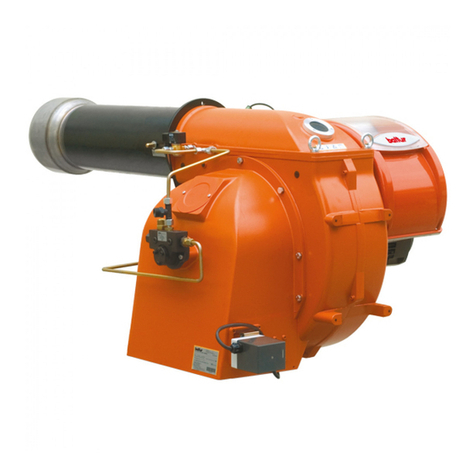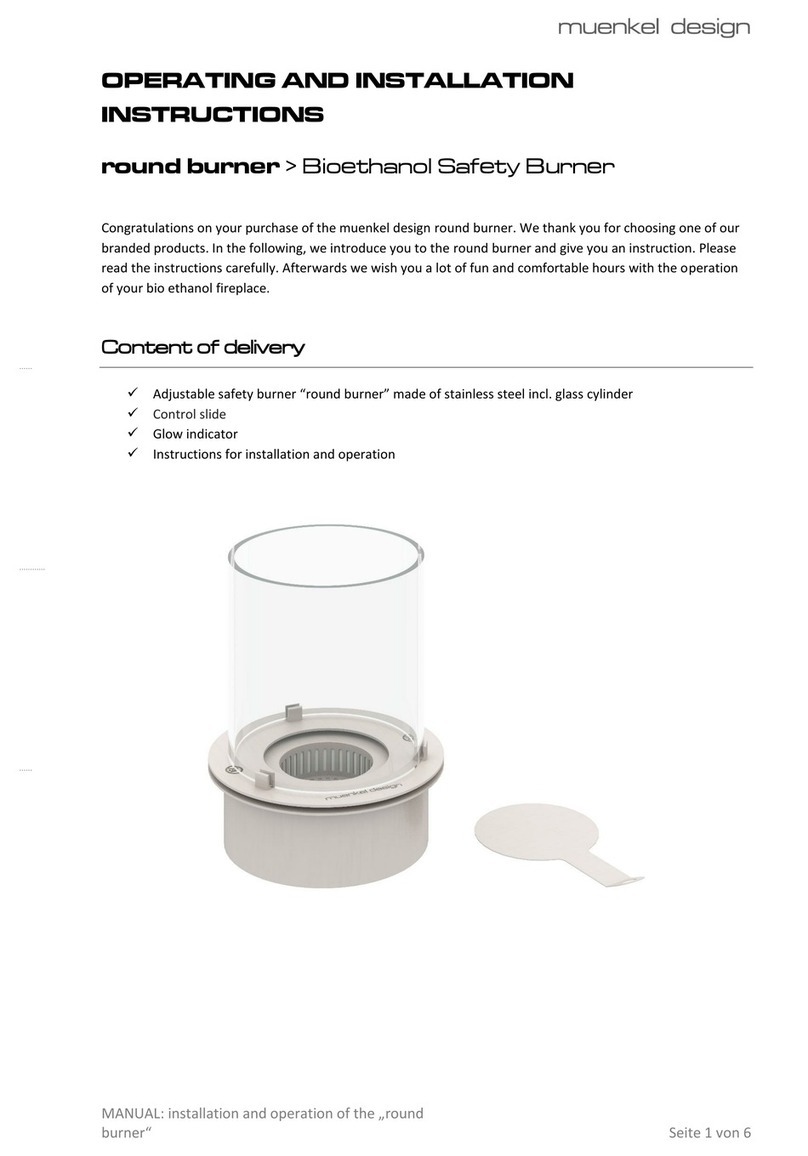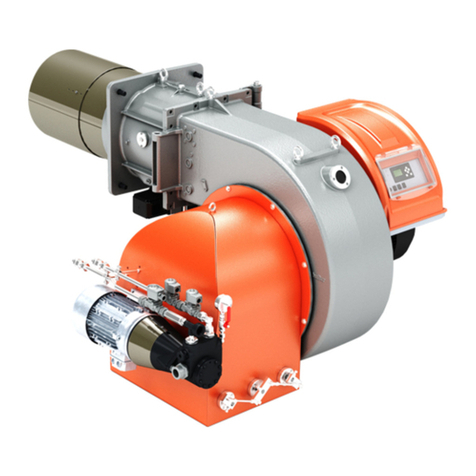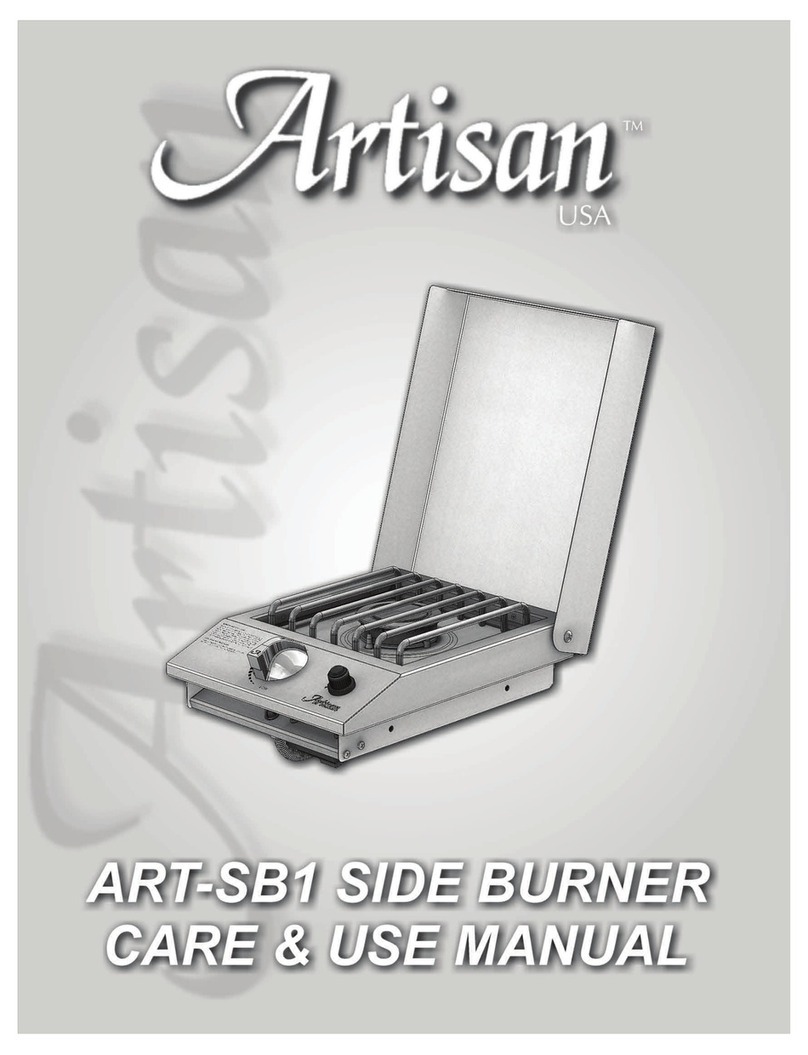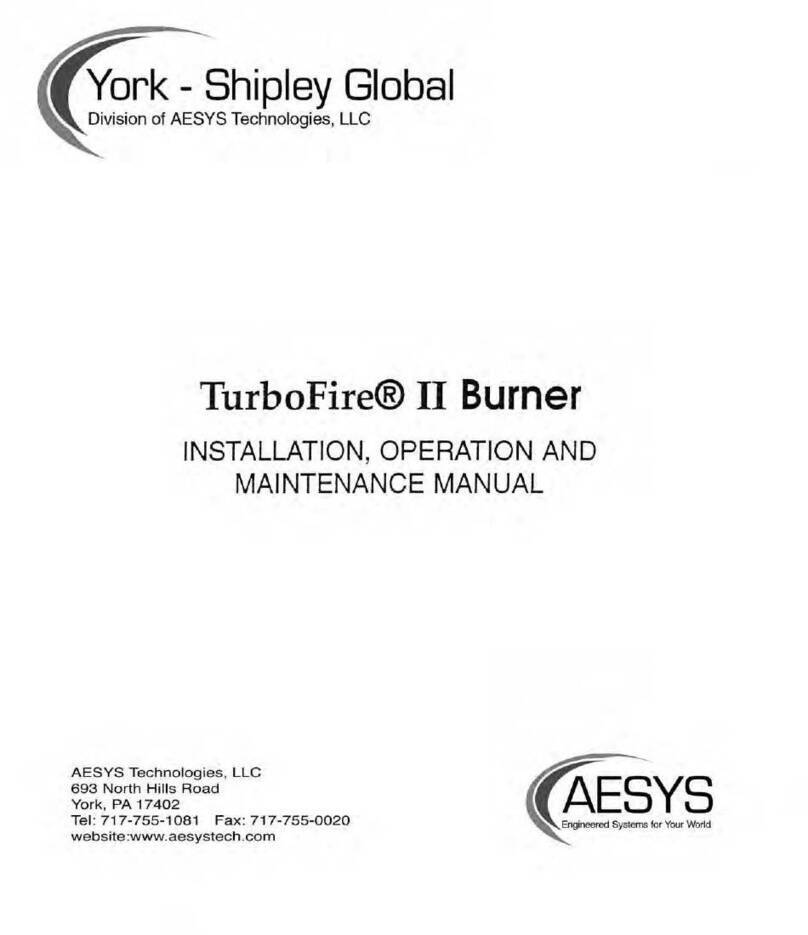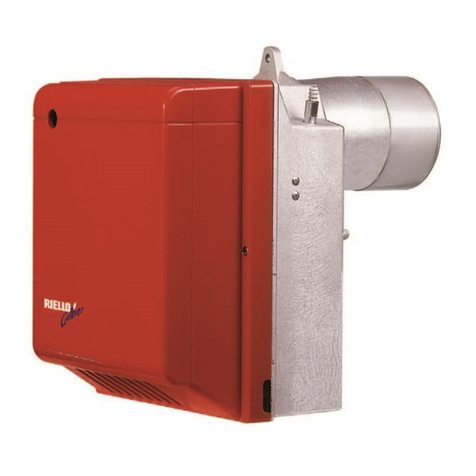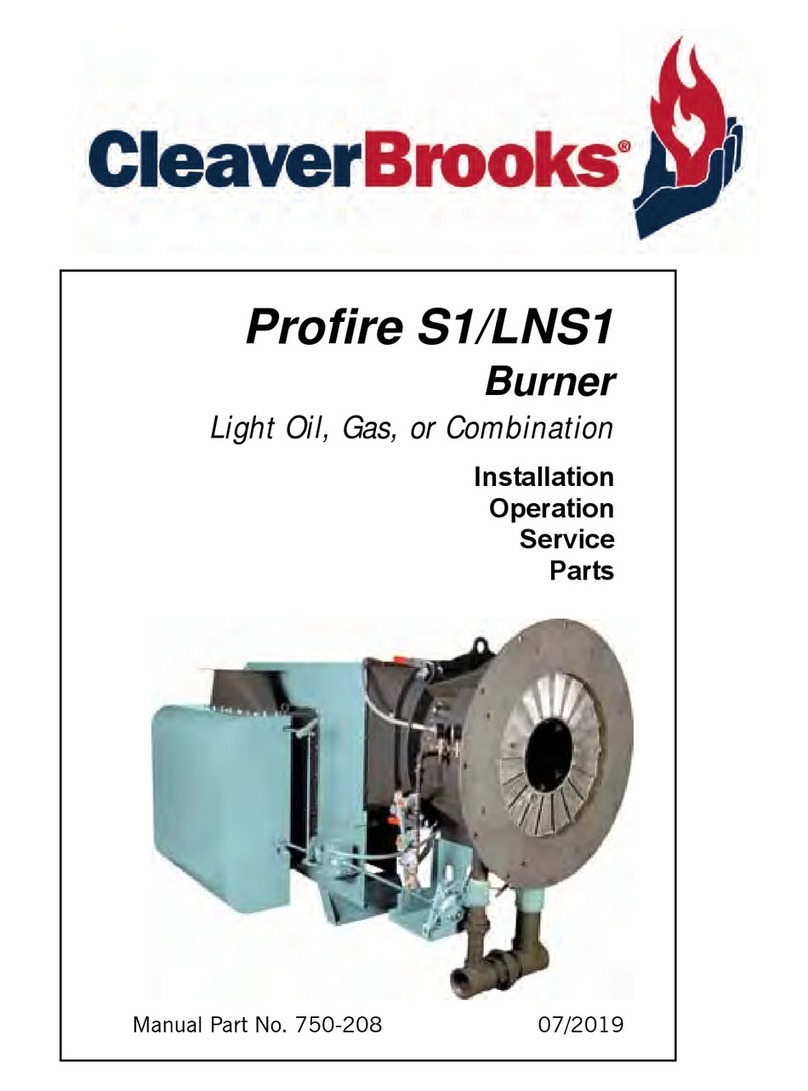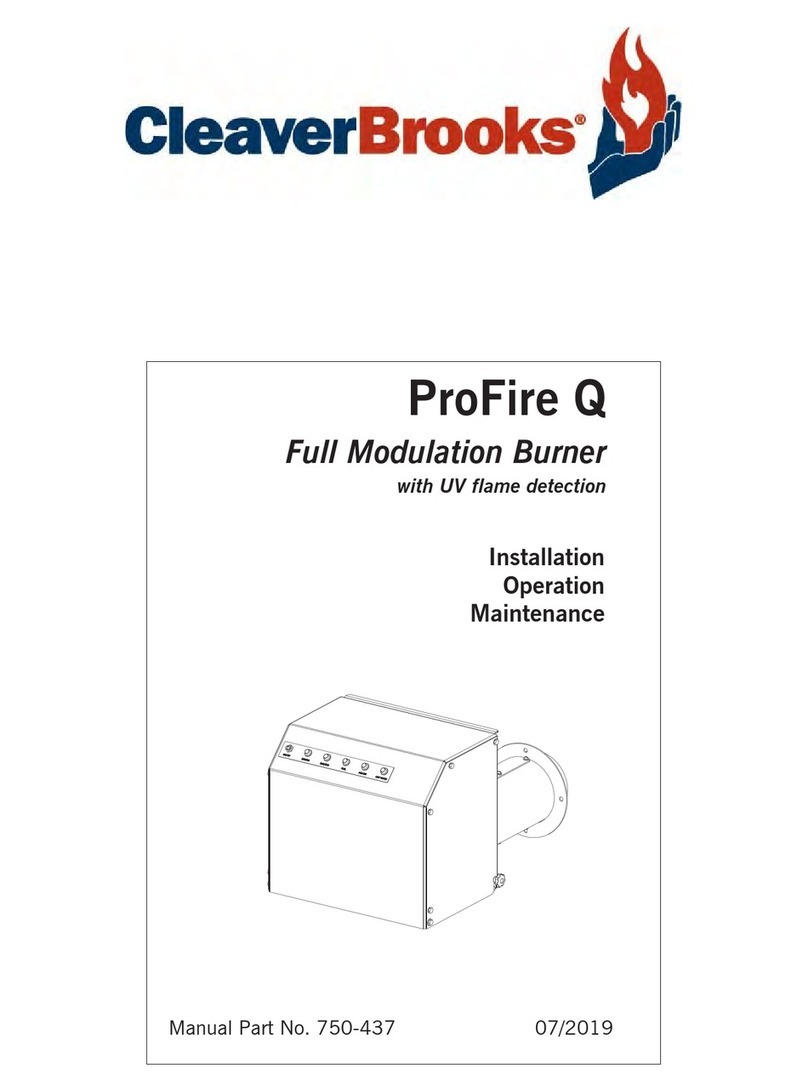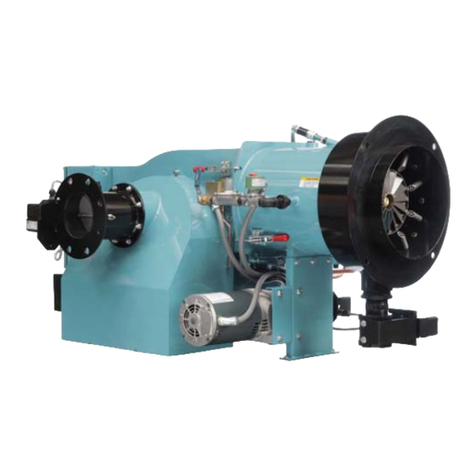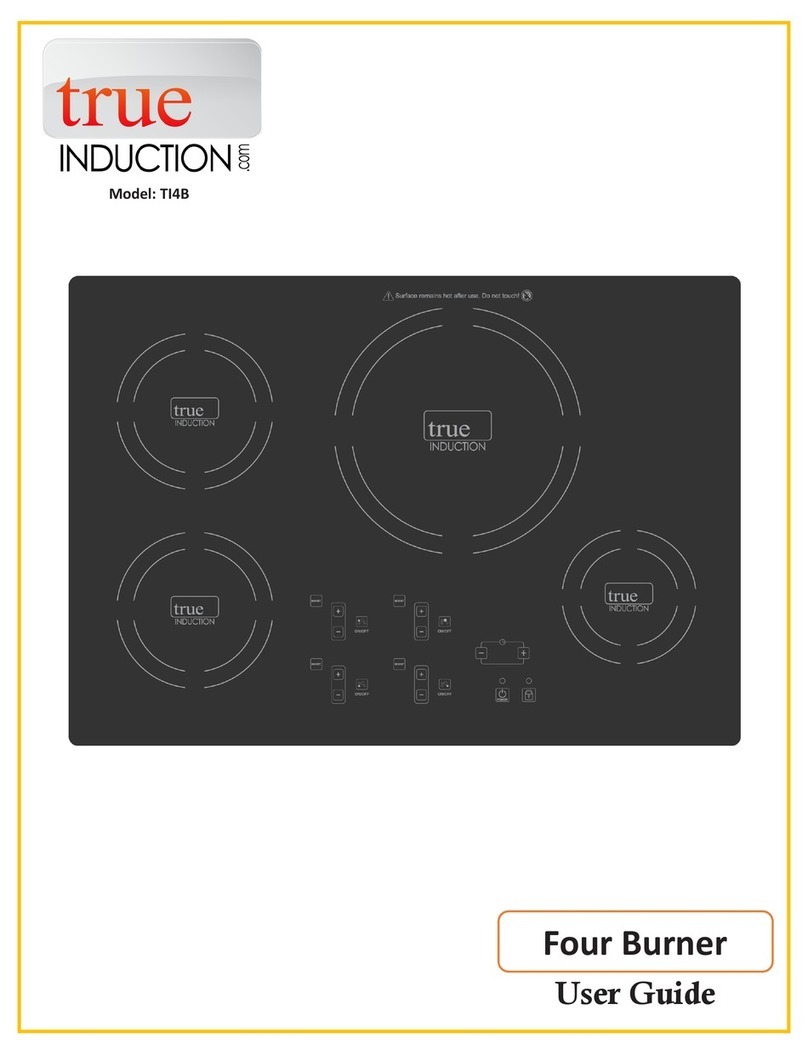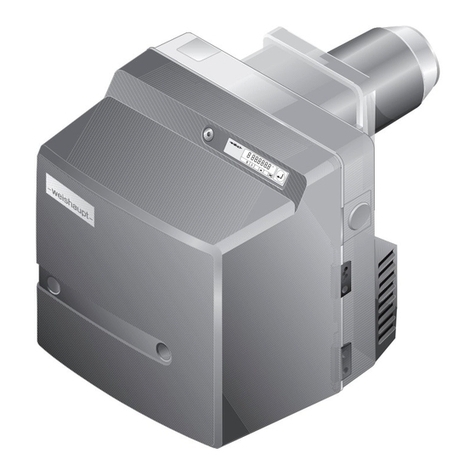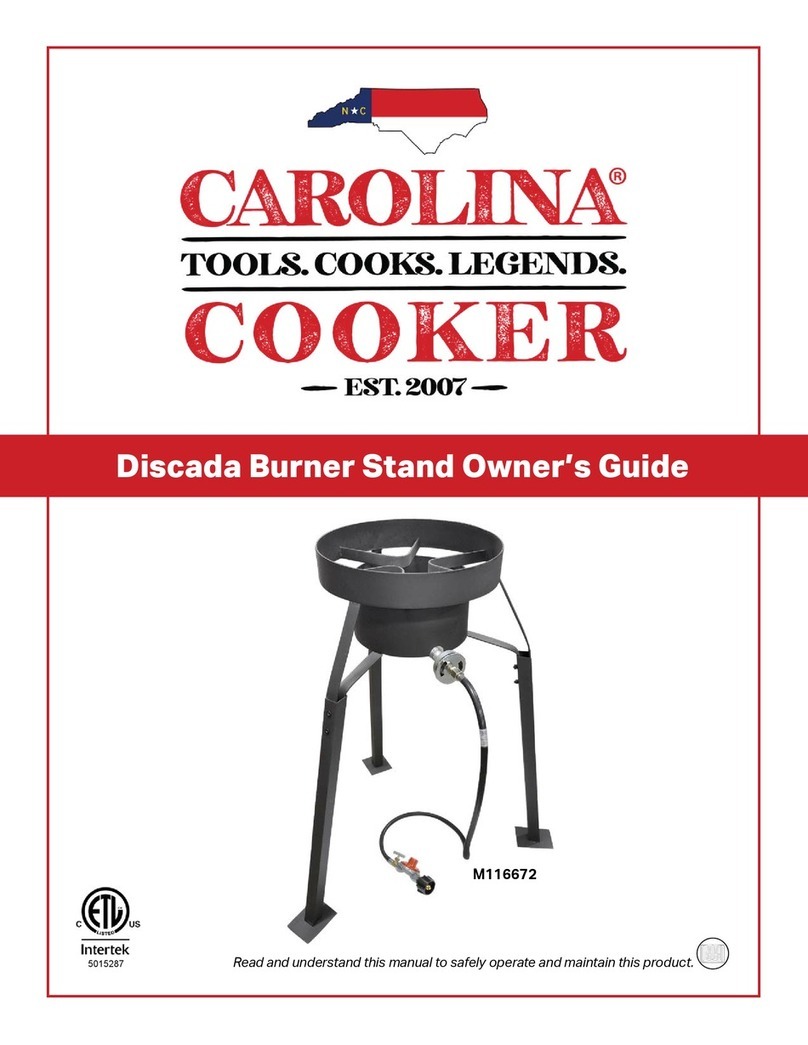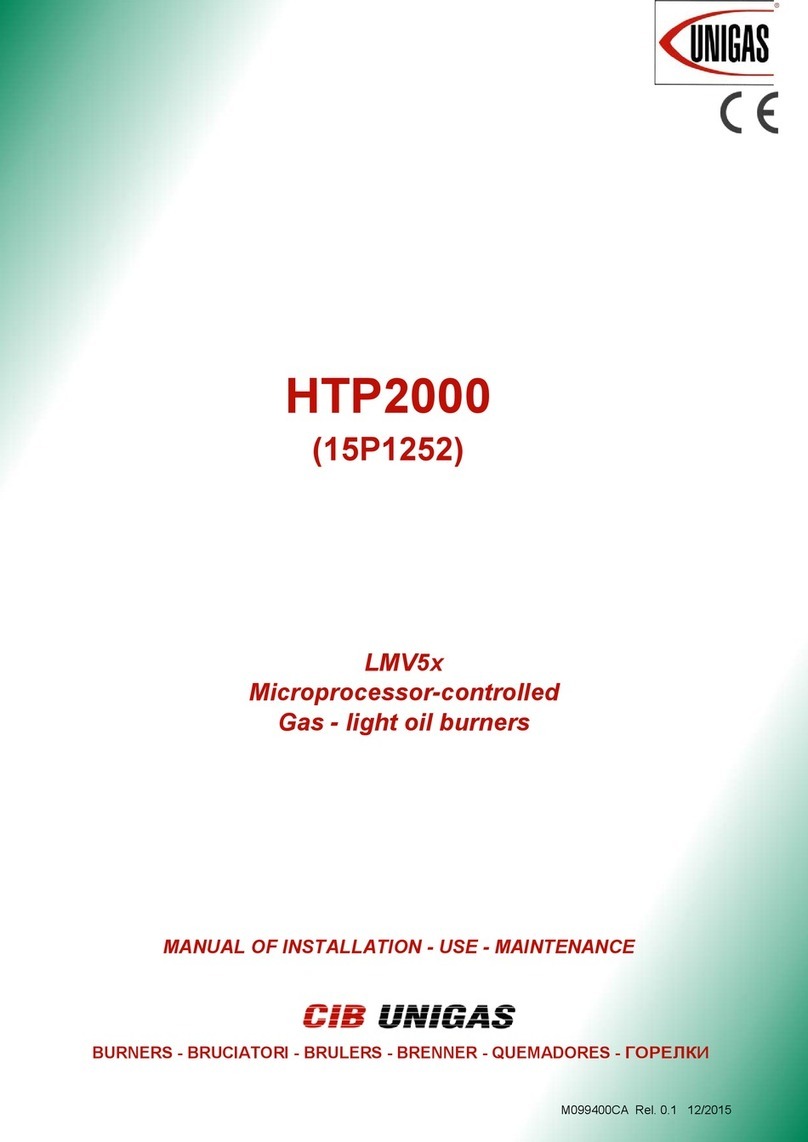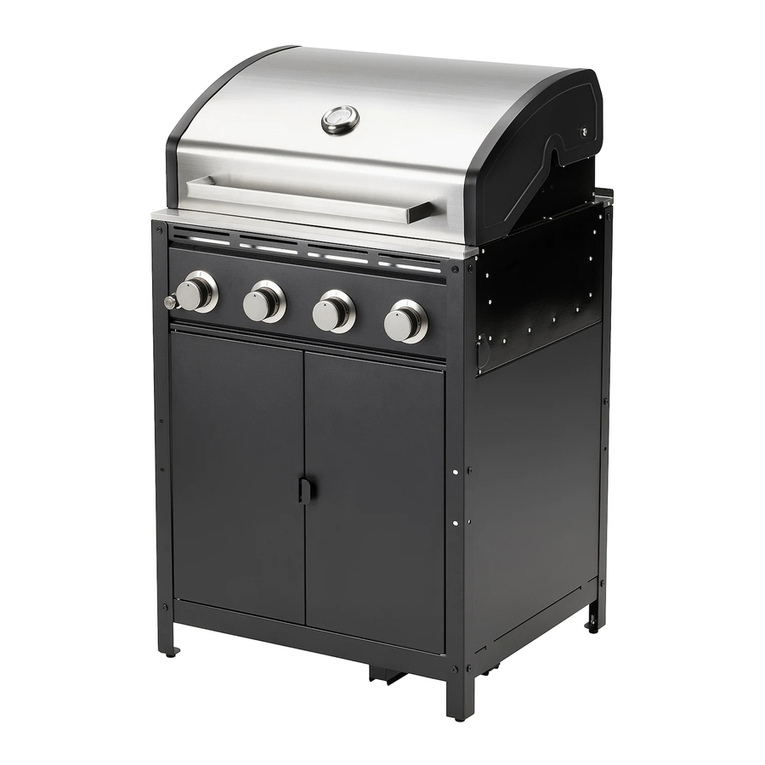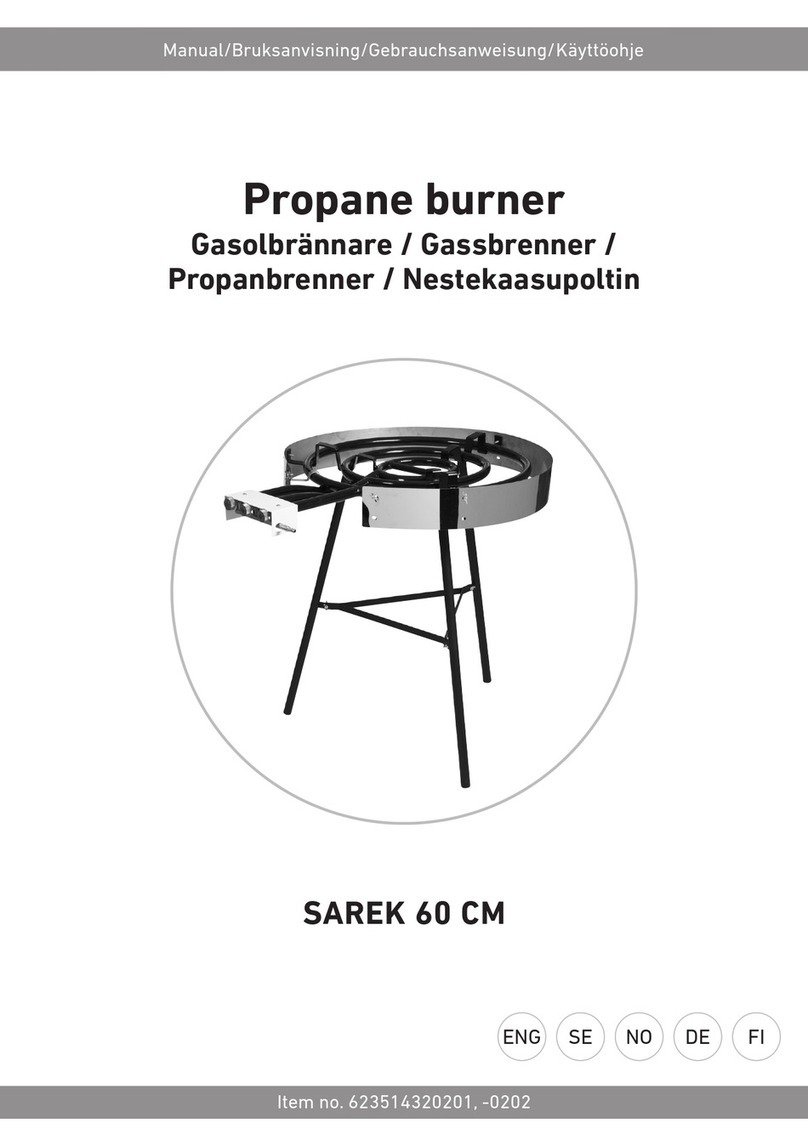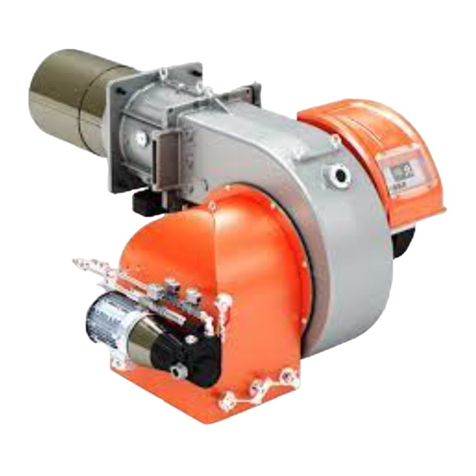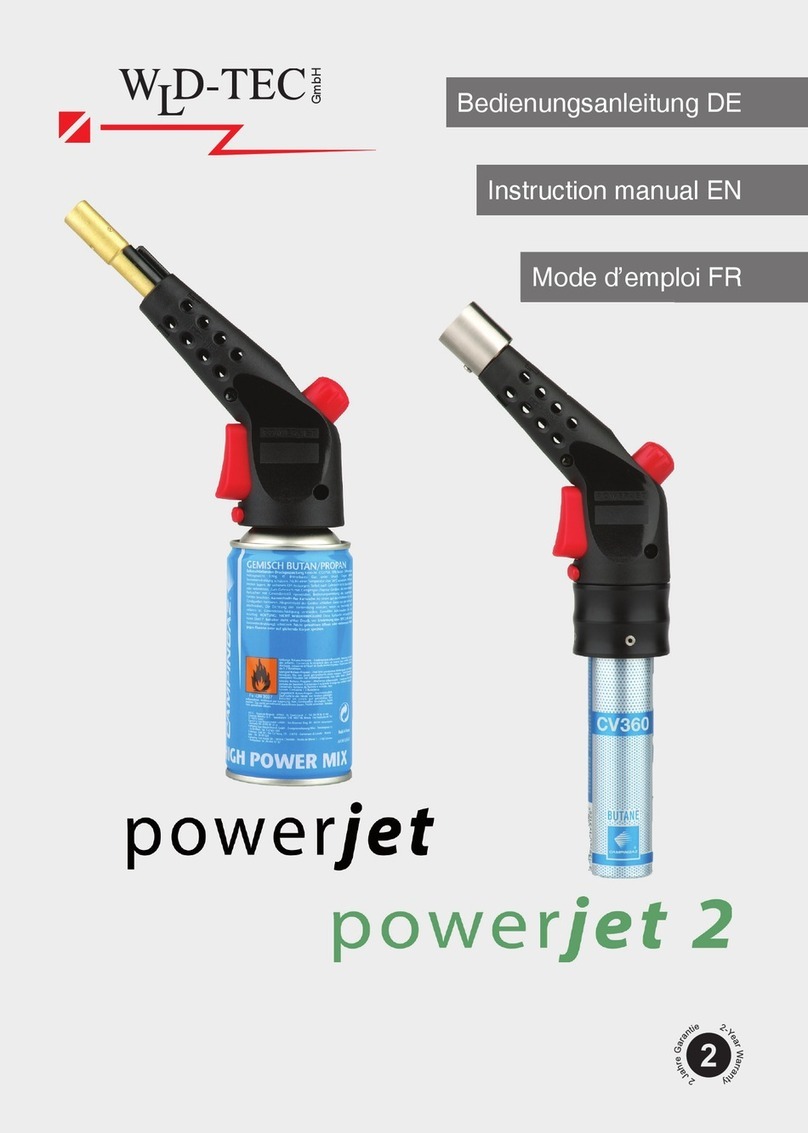
CONTENTS
<continued>
C.
Gas Pilot Flame Adjustment
.....................................
4-7
D.
The
Gas Burner
.................................................
4-7
a.
Combustion Adjustment .
...................
:
.................
4-7
b.
Gas Pressure and Flow
......................................
4-10
c.
Gas Burner Maintenance
.....................................
4-12
d. Low Gas Pressure Switch
....................................
4-12
e. High Gas Pressure Switch
.....
............
.........
.....
.....
4-12
f. Motorized Gas Valve
........................................
4-12
E.
The Oil
Burner
.............
..
..........................
...
.....
4-13
a.
General
.....................................................
4-13
b.
Oil Burner Adjustments
....................................
..
4-13
c. Combustion Adjustment
......................................
4-14
d. Cleaning
The
Oil Nozzle
.....................................
4-15
e. Back Pressure Orifice Nozzle (
100
& 200 Series)
..
..
..........
4-16
f.
Low Oil Pressure Switch
.....................................
4-16
g.
Electric Oil Heater Thermostat
...............................
4-16
h. Steam Oil Heater Thermostat.
................
..
.
....
...
......
.4-16
i. Low Oil Temperature Switch
.................................
4-16
j. High Oil Temperature Switch
.................................
4-16
k.
Oil Drawer Switch
......
.
..........................
..
...
....
.4-17
I. Oil Strainers
............................
.
....................
4-17
m. Fuel Oil Treatment
..............
.
..
..........
.
..
...........
.4-17
n.
Oil
Control
Valves
.............
..............
...............
4-17
o.
Oil
Heaters-
Steam, Electric
...................
.............
4-17
p.
Steam
Heater
Pressure Regulator
.............................
4-18
r.
Air Pump and Lubricating System
............................
4-18
F. Solenoid Valves
...........................................
.
.....
4-20
G. Lubrication
.....................................................
4-21
CHAPTER
5 -
TROUBLE
SHOOTING
.........................................
5-l
A Burner Does Not Start
..........................................
5-l
B. No Ignition
...............
.
...............
...........
...
........
5-l
C.
Gas Pilot Flame, But No Main Flame
............................
5-2
D. Low Fire Flame, But No High Fire Flame
.......................
5-2
E. Loss
Of
Flame
...............
................
...................
5-2
F. Modulating
Motor
...................
. . .
....
.
...................
5-2
CHAPTER
6-
PARTS
ORDERING
INSTRUCTIONS
...
....
.....
...
............
6-1
Parts List
.......................................................
6-2
